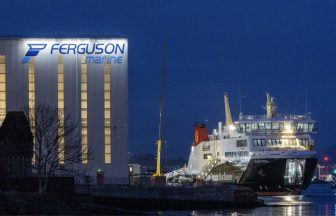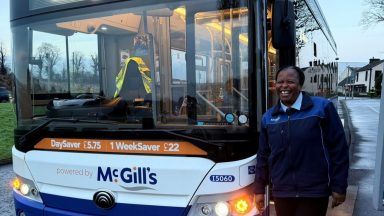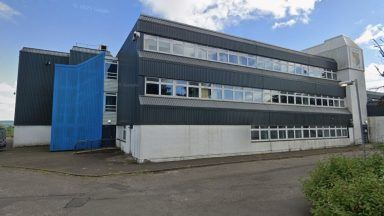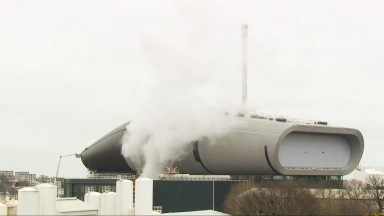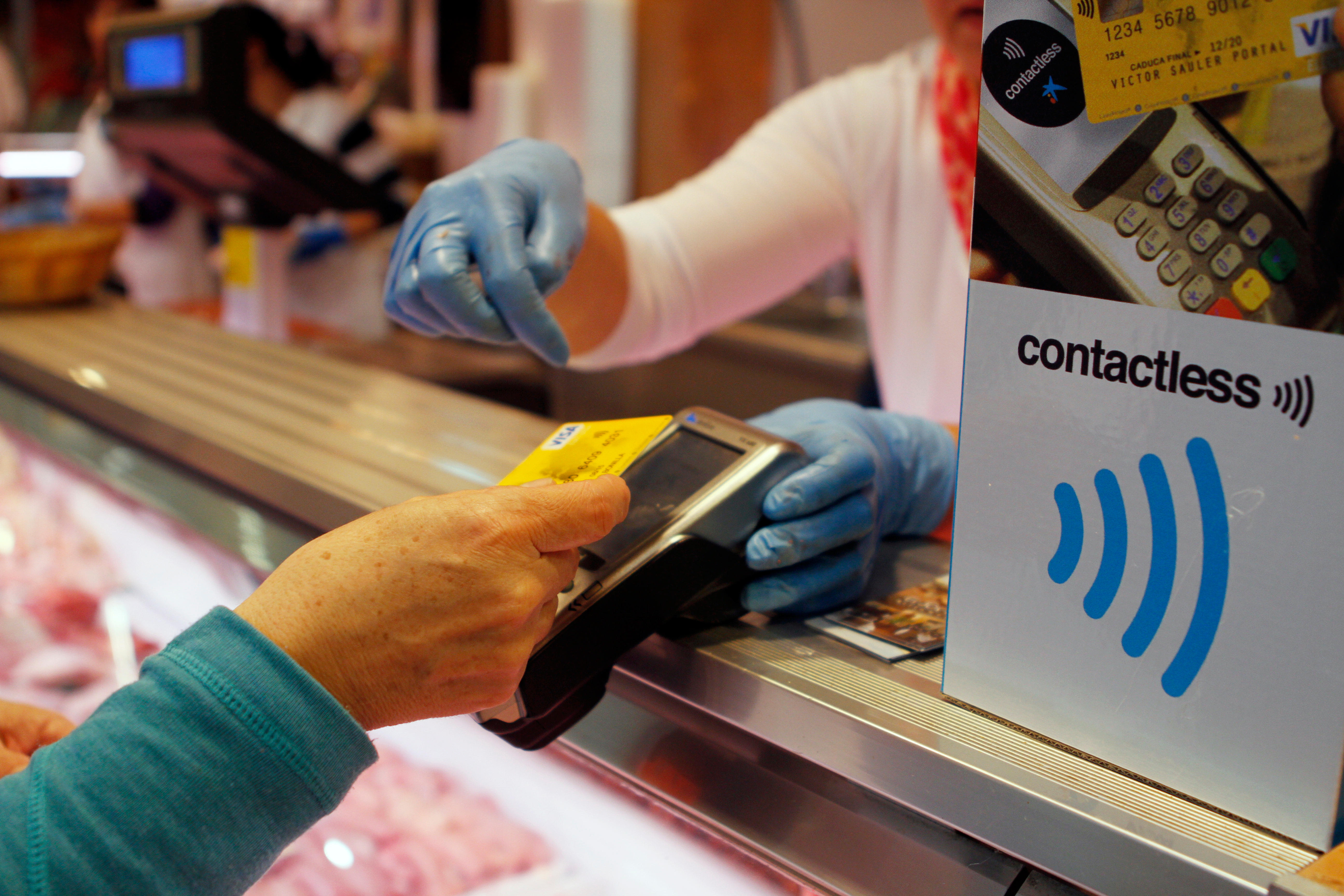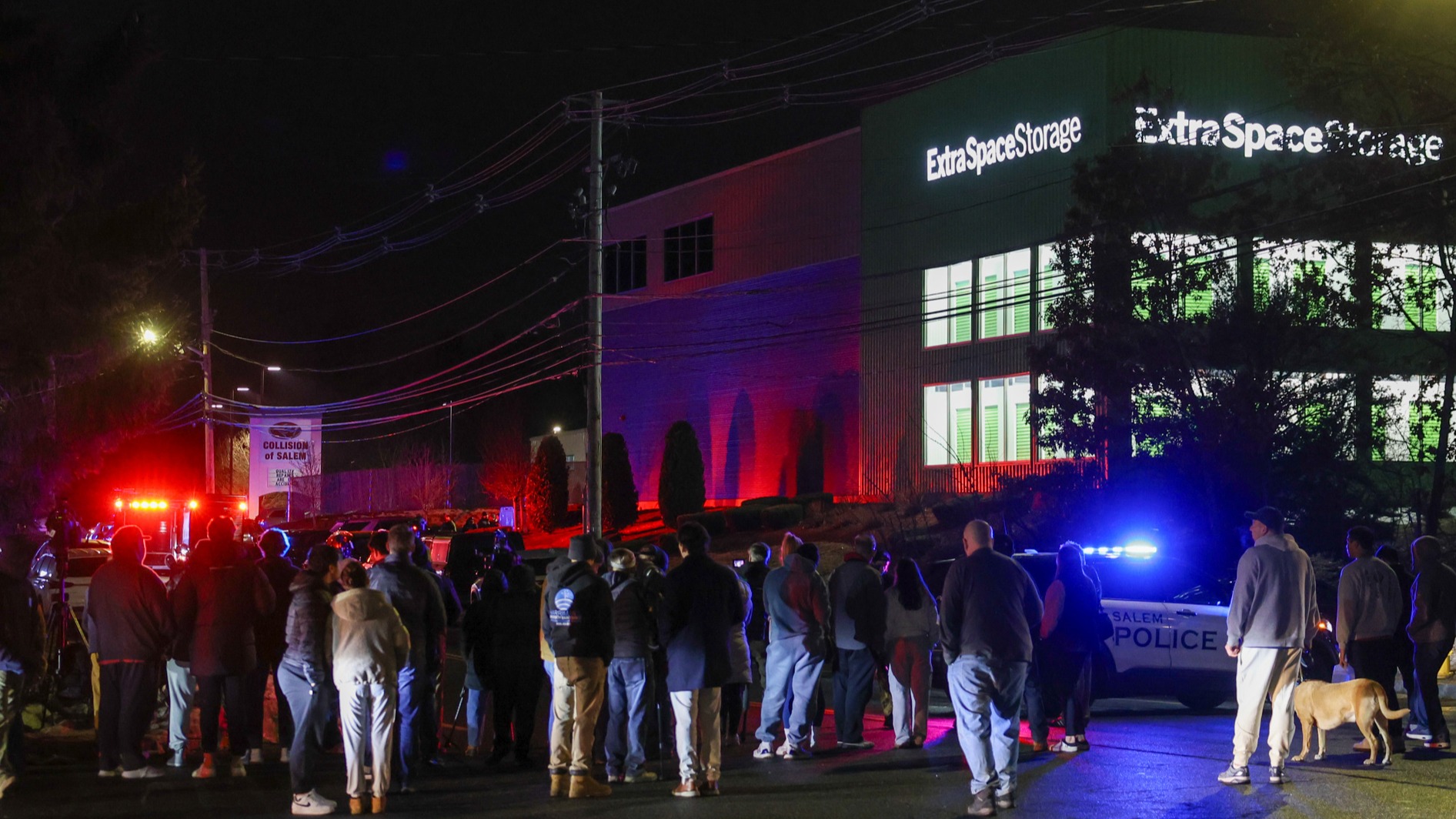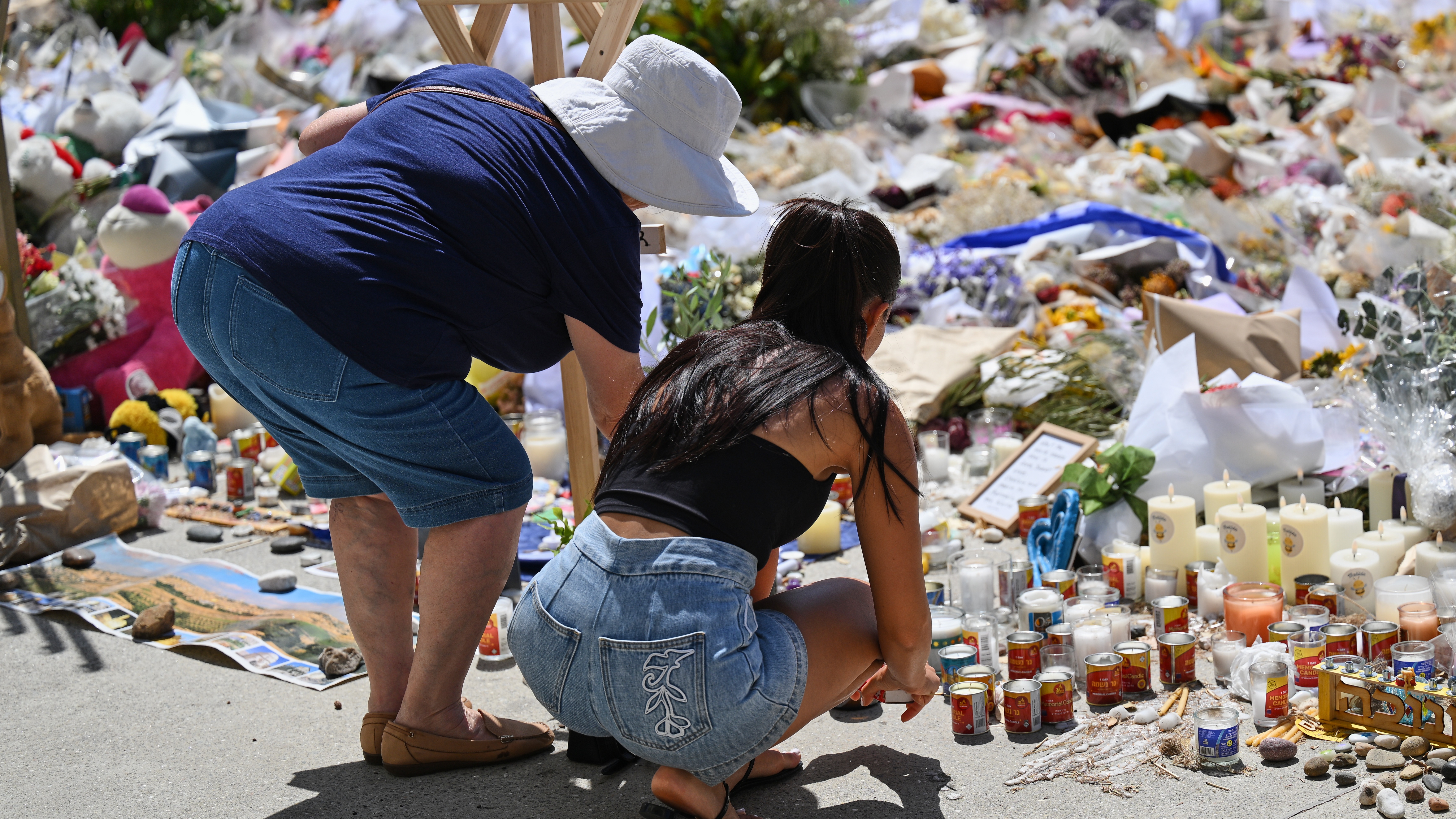Network Rail “failed to provide tangible supporting evidence” that recommendations made after a deadly Aberdeenshire train crash were followed, a rail regulator has said.
The crash near Stonehaven in 2020 claimed three lives after a drainage system was incorrectly installed.
Driver Brett McCullough, 45, conductor Donald Dinnie, 58, and passenger Christopher Stuchbury, 62, died, and six other were left injured when the train derailed at Carmont on August 12.
The Aberdeen to Glasgow service hit washed-out debris while returning to Aberdeen due to the line being blocked.
The Office of Rail and Road (ORR) has now said that Network Rail Scotland “failed to provide any tangible supporting evidence” to demonstrate changes made to implement safety recommendations.
 STV News
STV NewsThe ORR said that prioritised action plans had been made by the rail company to meet the 20 safety recommendations laid out by the Rail Accident Investigation Branch (RAIB), but added that focus was needed to deliver them.
The report said: “During our engagement, representatives from the region described the steps they have taken in response to their action plans but have subsequently failed to provide any tangible supporting evidence to demonstrate these.
“Network Rail Scotland also did not clearly articulate how each action plan will implement the relevant task force recommendations.”
An investigation by Rail Accident Investigation Branch (RAIB) published in March stated that errors made during the system’s construction by failed firm Carillion led to the derailment.
Network Rail was also criticised for failing to carry out inspections that could have identified the problem and prevented the crash.
The faulty drainage system was built during 2011 and 2012 to address a problem with ground stability.
If constructed properly, it was “highly likely to have safely accommodated the flow of surface water”, the RAIB report stated.
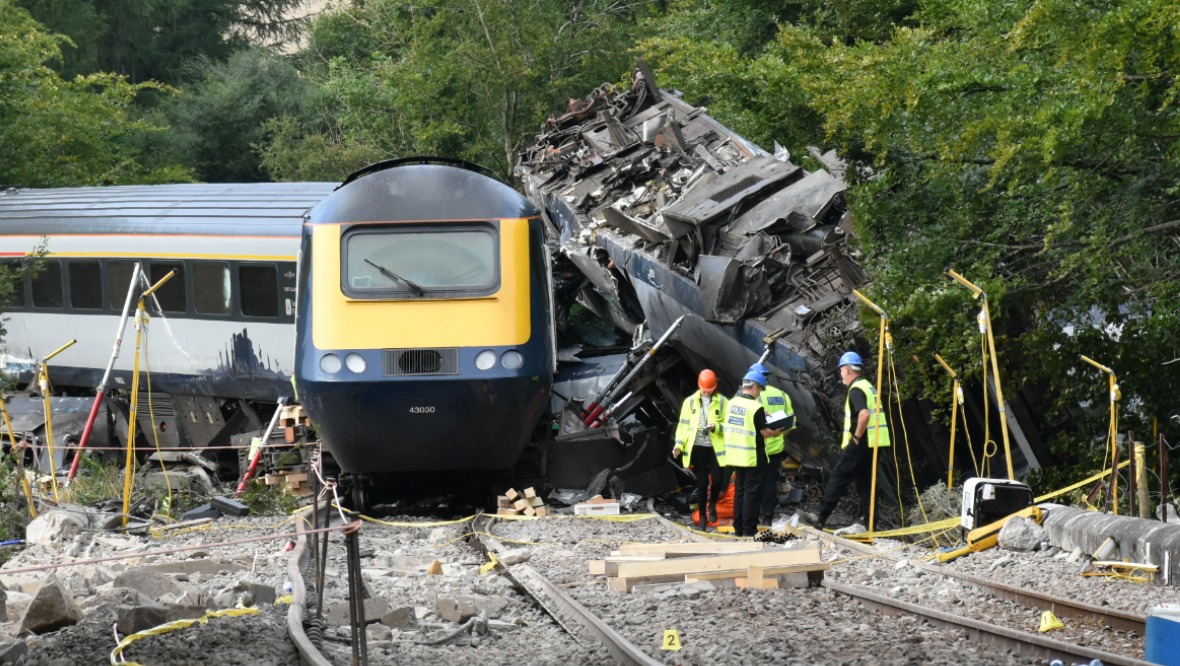 Contributed
ContributedIt added: “The region improved identification of its drainage assets, but our planned inspections relating to this were delayed by named storms in early 2022.
“Improved information about drainage assets is vital for Network Rail to ensure that its resources are correctly targeted to maintain existing assets and invested in meeting the challenges presented by climate change. We will report on these matters in due course, once our inspections work has been completed.”
A Network Rail spokesperson said: “We are committed to learning the lessons of Carmont and to delivering on the recommendations made by the Rail Accident Investigation Branch as well as implementing the Mair report.
“Since the accident, we have made significant changes to how we operate services during extreme weather and have increased our investment in new technologies to help monitor rainfall.
“We took immediate steps after the accident to inspect similar sites and put in place new measures to slow trains down or close lines when extreme rainfall is identified as a risk.
“Our control room is also the first in Britain to establish a specialist weather team, and this additional resource is also being supported by increased investment in our frontline teams. We are recruiting more specialist geotechnical engineers and creating new dedicated teams for drainage inspection and maintenance.
“We are working hard to make our railway as safe and reliable as possible for the public, our passengers and our people.”
Follow STV News on WhatsApp
Scan the QR code on your mobile device for all the latest news from around the country


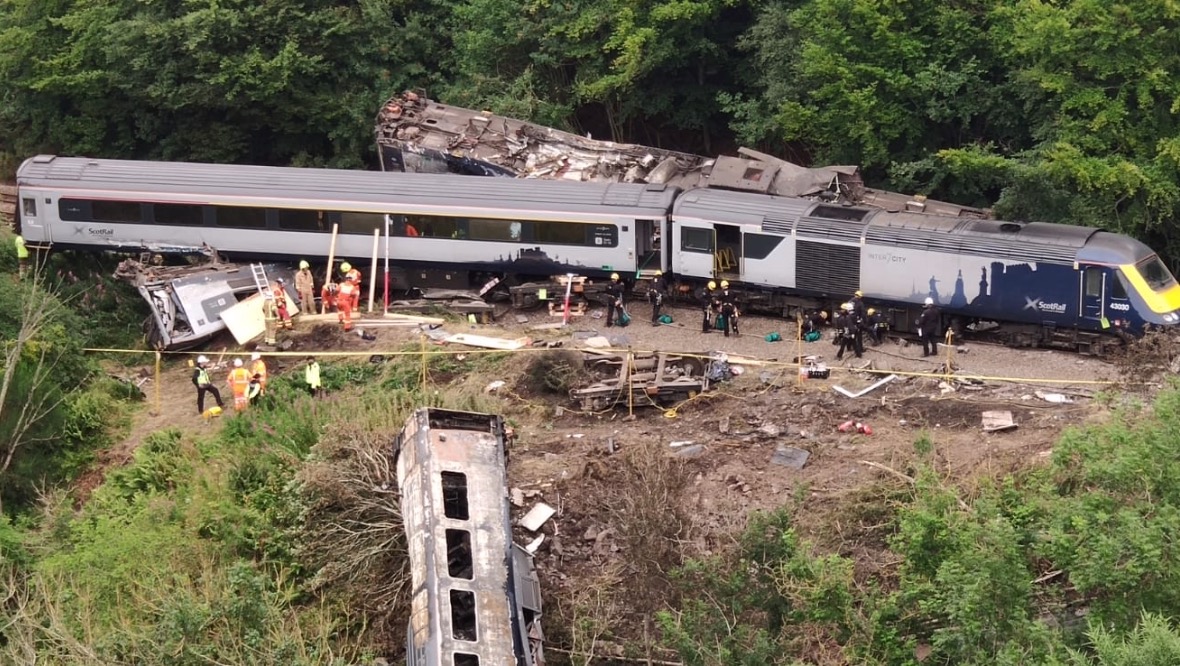 STV News
STV News




